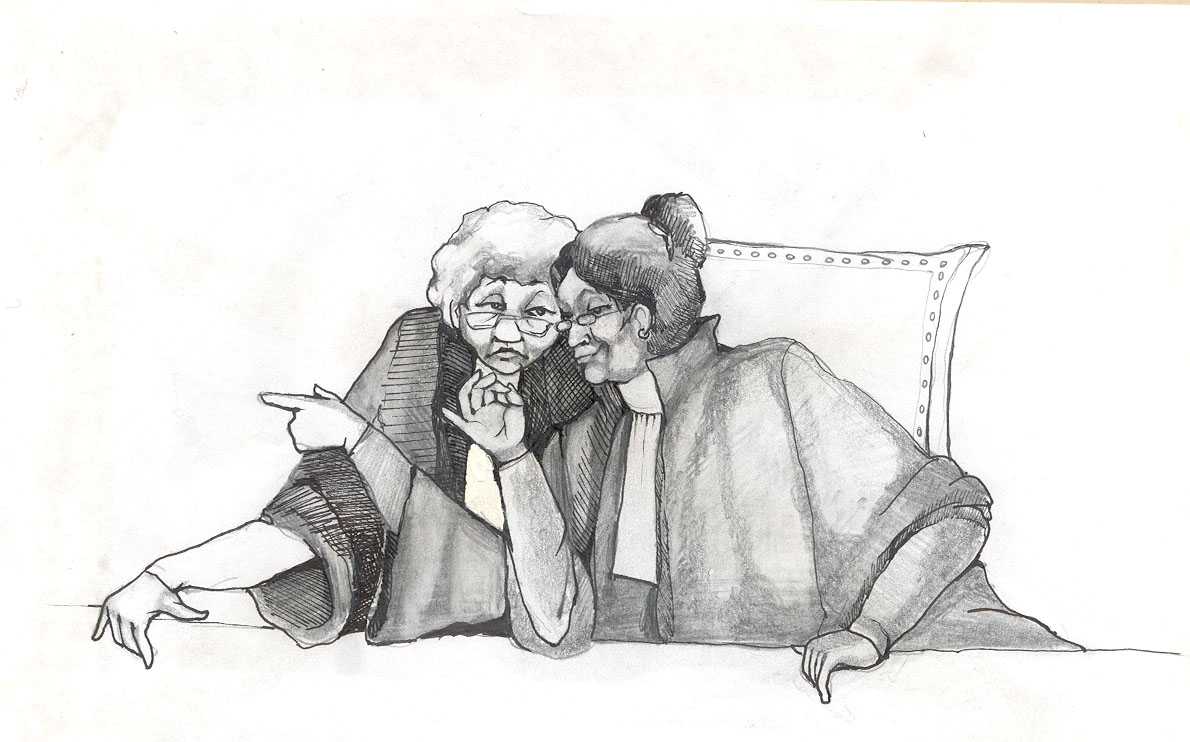
We hypothesize that integrated, collaborative training and self-reflective, qualitative critique help students learn better, enjoy better emotional health, and become more thoughtful about professional roles. We expect that these results can be explained as the effects integrated learning and qualitative critique have on students’ theories of mind, susceptibility to stereotype threat or boost, sense of engagement, and sense of efficacy.
We also hypothesize that integrated professional training and self-reflective, qualitative critique foster the engagement of women and other traditionally marginalized groups. We expect that this result can be explained in terms of students’ experience of stereotype threat and boost, and in terms of the effects integrated and self-reflective experiential learning have on students’ sense of curricular relevance and self-efficacy.
Finally, we hypothesize that student and faculty resistance to integrating technical and practical learning is related to students’ and teachers’ theories of mind, to stigmatization of the practical in the popular imagination, and to the mistaken belief that interactive and other practical skills are matters of tacit knowledge and therefore can not be taught.
These hypotheses are being tested in studies of students’ progress and adjustment and in experimentation with integrative teaching models.
The lab has also collaborated with the Algebra Project and the Young People's Project to draw lessons from experiential training in math literacy.
For reports of this work, see:
Davis, P., Davenport, D., and Pernell, B. "Beyond Microaggression: Overlapping Identities in Simulated Legal Practice" (2020) 65(2) Villanova Law Review 321-359.
Davis, P. and Webb, J. "Contemporary Issues in Outcomes-Based Legal Education: Learning from Dramatized Outcomes" (2012) 38(3) William Mitchell Law Review 1146-1161.
Davis, P., Coletu, E., London, B., and Yuan, W. "Making Law Students Healthy, Skillful, and Wise" (2011/12) 56(2) New York Law School Law Review 487-515.